THE KOZARA CAMPAIGN
The story of two villages in Croatia, Mlaka and Jablanac, is told in a 1989 book by Mile Dragić, The two villages are mentioned in some of the survivors’ interviews presented on this website. Jelena Radojičić was born there. Mlaka was a station in the concentration camp odyssey of Ostoja Slijepčević and Anka Mećava-Mišljenović.
”At the beginning of year 1942, Ustasha leader Luburić made a plan...for a ‘security belt’ that would...encompass the entire area of Jasenovac and Stara Gradiška...Luburić...gave orders to round up the villagers of Mlaka and Jablanac...as unreliable to live within the security area.” (1)
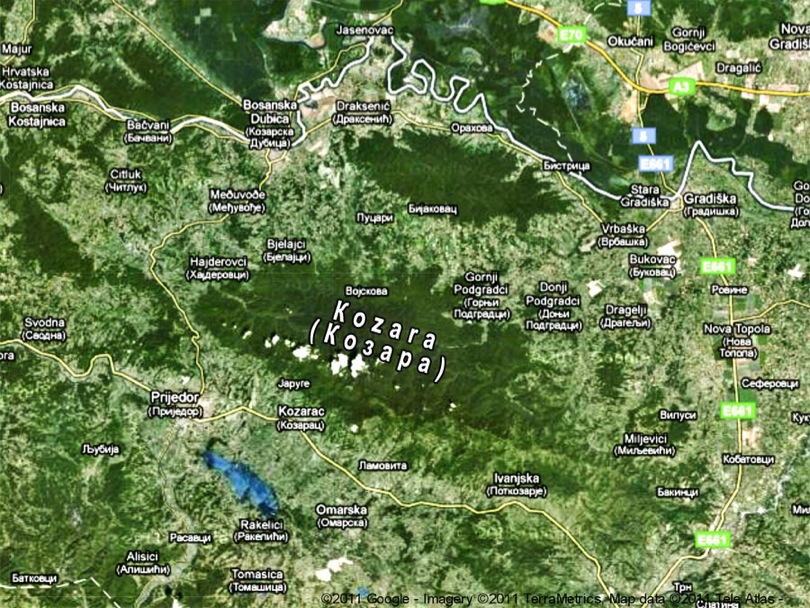
JABLANAC
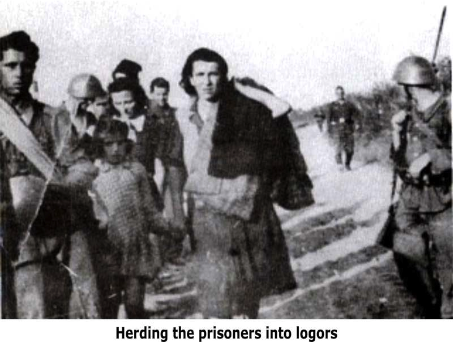
In May 1942, a German-Ustasha operation was planned to remove the population of the Kozara region of Bosnia, which was seen as supportive of the Partisans. The future Secretary General of the United Nations, and President of Austria, Kurt Waldheim, was involved in the planning and implementation of the cleansing of Kozara.
Over the course of the German-Ustasha offensive against the Kozara Partisans, most Jablanac villagers, now refugees in Kozara, fell into the hands of the Ustashas, together with more than 60,000 Kozara Serbs. Some were killed in combat, some survived the war as partisans. Out of 303 prewar inhabitants, 183 lost their lives. 40% of Jablanac villagers survived. (2)
MLAKA
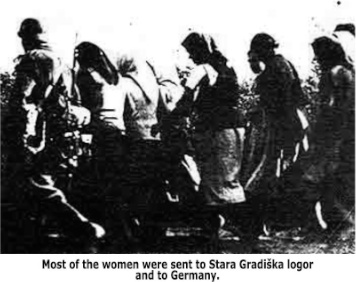
Of the villagers of Mlaka, 930, including 286 children, lost their lives. Less than 20% of Mlaka villagers, who had missed their chance to escape in April 1942, were alive in 1948. (2)
Most of the women were sent to Stara Gradiška logor and to Germany.
Most of the men were sent to Sajmiste logor and to German work camps in Norway.
The children went into children logors, an unusual institution, probably unique to the NDH (Nezavisna Država Hrvatska)
The older children cared for the youngest. Food and water were lacking. Not surprisingly, most did not survive.
There are also reports of individual children and of large groups of children being slaughtered. An opened mass graves included children killed with blunt instruments.
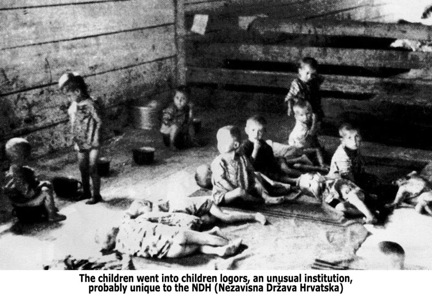
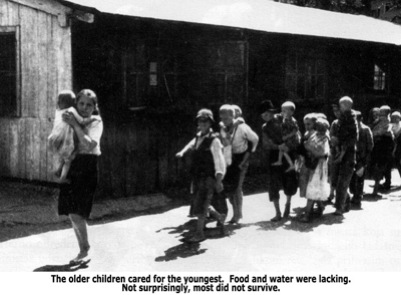
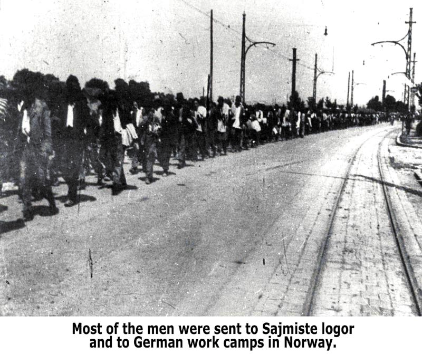
Budisavljevic survived the war, with her husband, although he was a Serb. His mother was German, and he had been a medical officer in the Austrian army. In the NDH some Serbian and even some Jewish families were protected by the regime. Family connections of the leaders were most important in determining survival.
Even some Chetniks groups collaborated with the Zagreb regime. Personalities, family revenge issues, and village politics were most important.
The two emptied villages served as Ustasha farms, operated by forced labor. The larger houses were surrounded by barbed wire and served as separate logors, one for men, the other one for women and children. When the Ustashas ordered the village wells to be cleaned, the inmates found a number of bodies in them. (2)
(1) Ljubo Milos’s statement before Yugoslav tribunal for war crimes in 1948, from Croatian State Archives, ZIG NDH, I-96. Ljubo Miloš had been in charge of Mlaka and Jablanac operations.
(2) Mile Dragić,Tragedija sela Mlake i Jablanca, Općina Novska, Novska,1989.